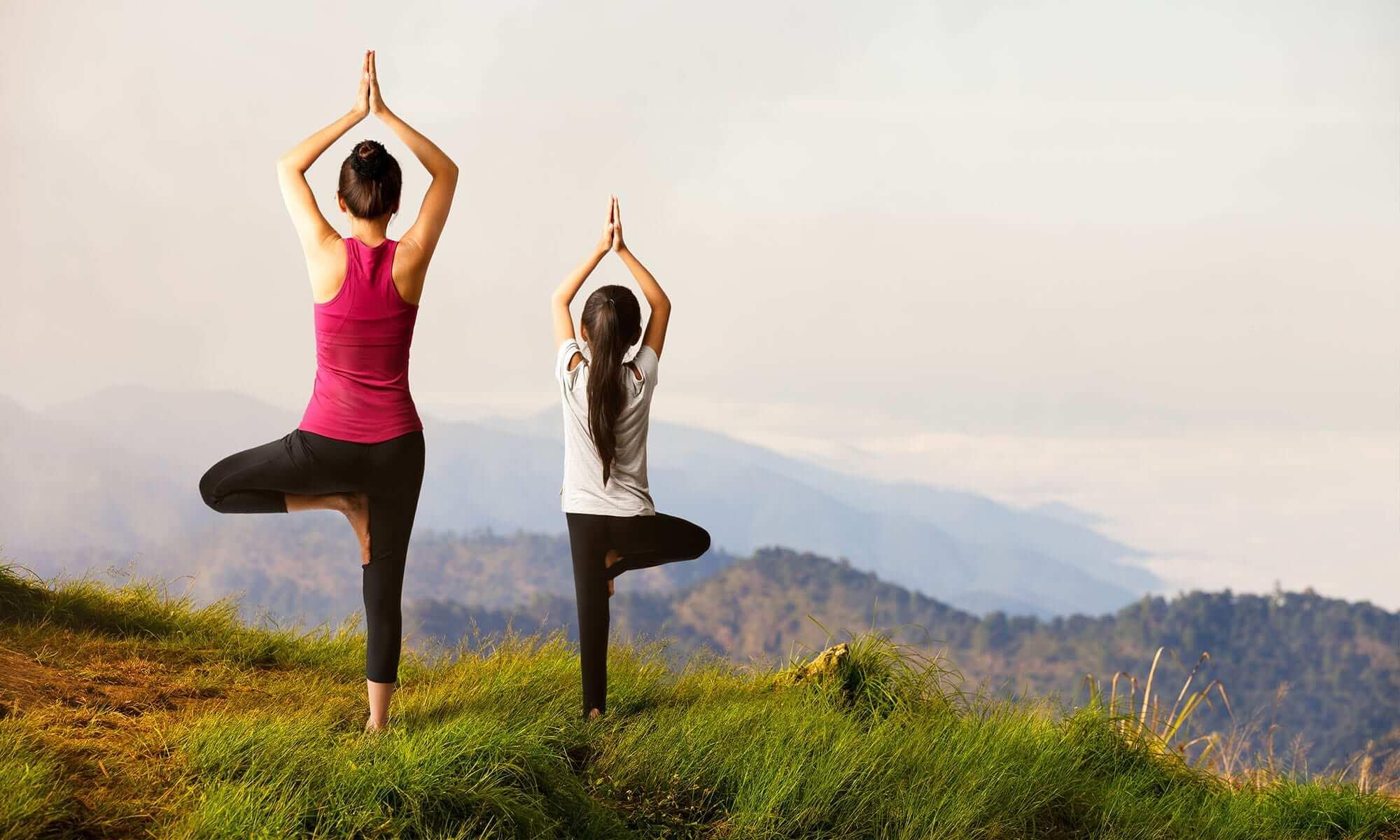Natesha: Meaning, Benefits, and Practice of the Lord of Dance Pose

Natesha, often associated with the divine form of Lord Shiva as Nataraja, represents the cosmic dance of creation, preservation, and transformation. In yoga, the Natesha Pose—also known as Natarajasana or the Lord of Dance Pose—is a graceful standing backbend that symbolizes strength, focus, and fluid movement. This pose blends balance, flexibility, and poise, making it a powerful asana for both physical and mental development.
In Sanskrit, Natesha translates to “the Lord of Dance.” The pose mirrors the iconic dance posture of Shiva, embodying harmony between energy and stillness. Practicing this asana helps cultivate elegance, courage, and deeper body awareness.
How to Do Natesha (Natarajasana)
-
Stand tall in Tadasana with your spine lengthened.
-
Shift your weight to your left foot and gently bend your right knee.
-
Lift your right foot behind you and hold the ankle with your right hand.
-
Extend your left arm forward for balance.
-
Inhale and slowly kick your right foot back and upward while leaning your torso forward.
-
Keep your chest open, shoulders relaxed, and gaze steady.
-
Hold for a few breaths, then release gently and switch sides.
Benefits of Natesha Pose
1. Enhances Balance and Stability
Natesha improves concentration by requiring strong mental focus. Maintaining stability strengthens the leg muscles and increases overall body coordination.
2. Opens the Chest and Heart Space
This pose expands the chest, improving breathing capacity and posture. It also activates the heart chakra, helping release emotional tension.
3. Increases Flexibility
The deep backbend stretches the shoulders, abdomen, hip flexors, and thighs, promoting greater flexibility throughout the body.
4. Strengthens the Core and Lower Body
Balancing in Natesha engages the core muscles and tones the glutes, hamstrings, and calves.
5. Reduces Stress
The combination of controlled movement and deep breathing calms the mind, reducing anxiety and enhancing emotional clarity.
Precautions
-
Avoid the pose if you have severe lower back pain or shoulder injuries.
-
Do not overstretch—move slowly and mindfully.
-
Practice under guidance if you’re new to backbends.
Contraindications
-
High or low blood pressure
-
Recent surgeries
-
Vertigo or balance disorders
-
Serious spinal issues
Always consult a qualified instructor if unsure.
Conclusion
Natesha is more than a yoga posture—it is a celebration of movement, awareness, and inner balance. By practicing this pose regularly, you experience the harmony of strength and grace, mirroring the cosmic dance of Nataraja. Whether for flexibility, focus, or spiritual grounding, Natesha offers a transformative journey for all yoga practitioners.
- Art
- Causes
- Crafts
- Dance
- Drinks
- Film
- Fitness
- Food
- Giochi
- Gardening
- Health
- Home
- Literature
- Musica
- Networking
- Altre informazioni
- Party
- Religion
- Shopping
- Sports
- Theater
- Wellness


